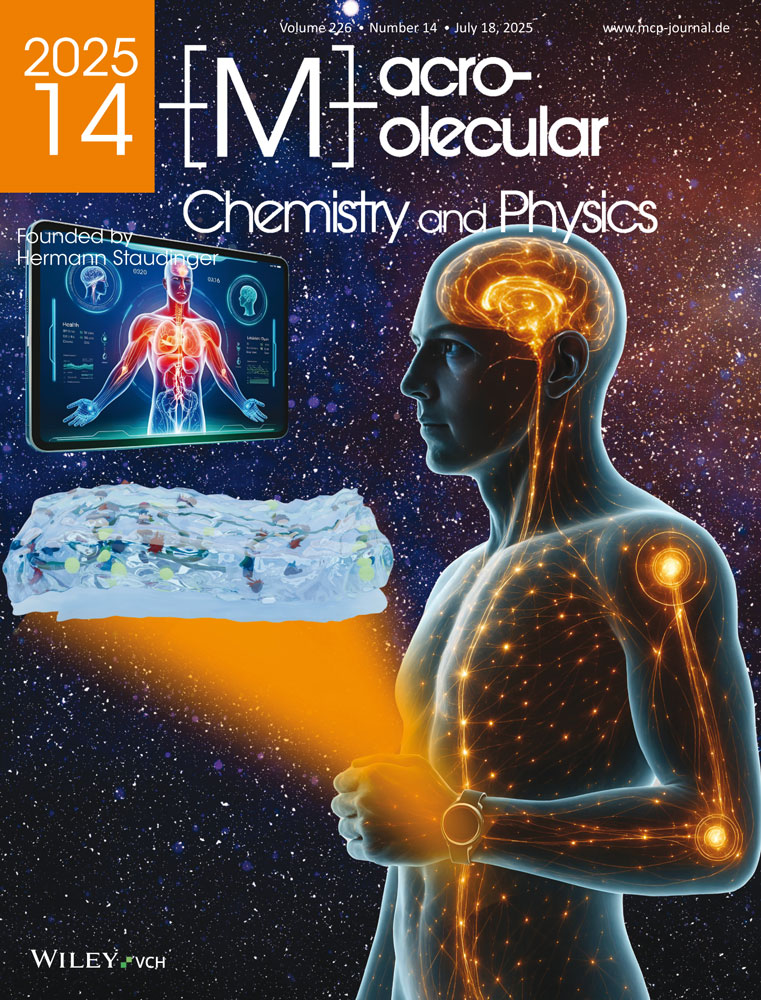Living cationic polymerization of styrene by the bifunctional initiating system 1,4-bis(1-chloroethyl)benzene/SnCl4 in the presence of 2,6-di-tert-butylpyridine
Abstract
The polymerization of styrene was studied by using a bifunctional initiator, 1,4-bis(1-chloroethyl)benzene (1). It was demonstrated that living polymerization can be achieved in the styrene/1/SnCl4 system in chloroform at −15°C in the presence of 2,6-di-tert-butylpyridine. The number-average molecular weight of the obtained polymers increases with monomer conversion and with addition of a fresh feed of monomer at the end of the first-stage polymerization. The molecular weight distribution (MWD) of the obtained polymers is narrow ratio of weight- to number-average molecular weights (Mw/Mn < 1,2) throughout the polymerization. In the absence of 2,6-di-tert-butylpyridine, the initiating system results polystyrene with a bimodal MWD. Also a bimodal MWD was obtained with H2O/SnCl4 as initiating system. 2,6-Di-tert-butylpyridine in conjunction with H2O/SnCl4 does not lead to polymerization.




